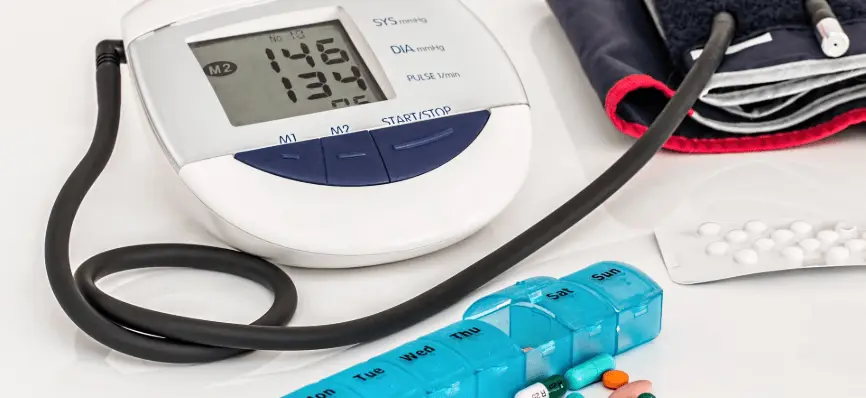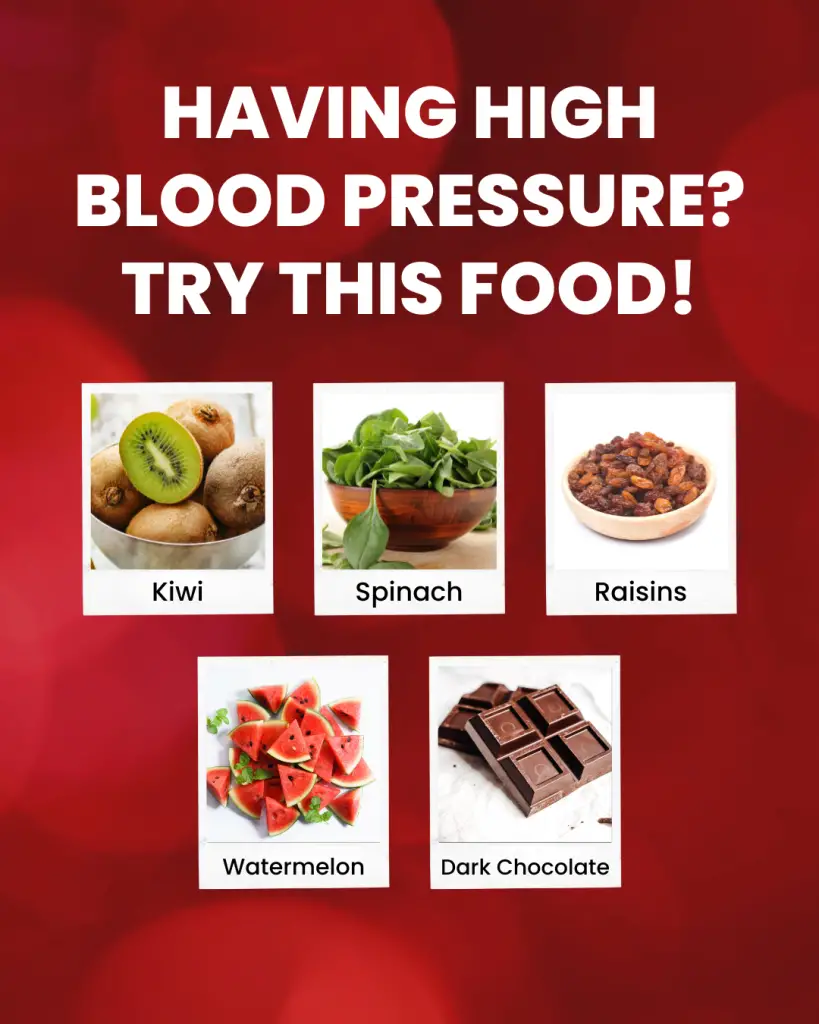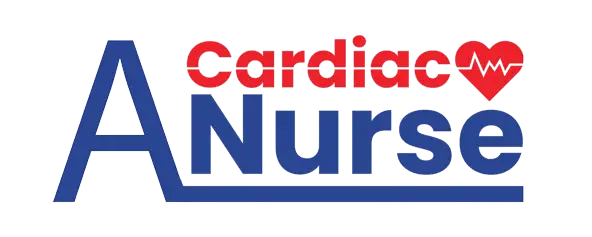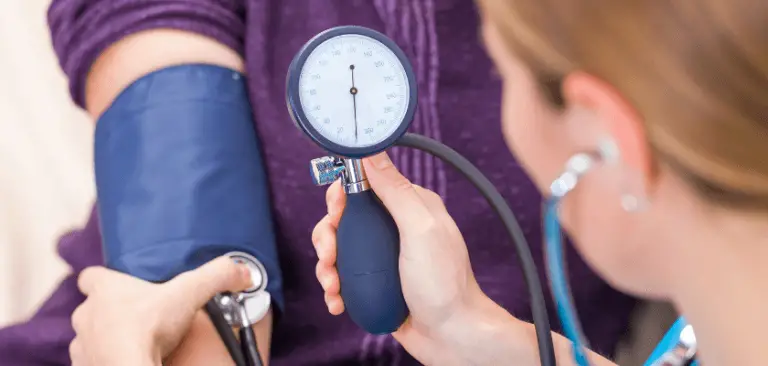White Coat Syndrome and Hypertension

Sometimes we get so busy in our lives and we forget the important things. Then you realize have not had your yearly primary care appointment.
So you make an appointment, and the next appointment is not until a month away. The day finally comes that you have your appointment. You get up early and feed the kids, feed the dogs, and you do some housekeeping. Then you set out to your appointment.
White Coat Syndrome and Hypertension
You finally get to the doctor’s office and you cannot find a park. You circle for 15 minutes, unable to find a parking spot. Meanwhile, your appointment is 5 minutes away.
You finally get up to the doctor’s office, tired and sweaty. You fill out all the paperwork and do the mandatory computer sign-in. Likewise, you then sit in a seat and wait to be called back.
You finally get called back by the medical assistant and she takes your blood pressure. Your Blood Pressure is 160/100. You start to worry because you have never been told that you have high blood pressure or hypertension. This phenomenon is called white coat syndrome.
Hypertension Statistics
High blood pressure is the force of the blood against the arteries. If the pressure is too high, it can cause damage to the organs including:
- Stroke
- Heart Attack
- Heart failure
- Kidney failure
- Visual problems
High blood pressure affects millions of people. In fact, high blood pressure is the number one cause of all cardiovascular deaths. According to the Centers for Disease Control, thee are over 360,000 American deaths each year attributed to high blood pressure.

Approximately 20% of people with high blood pressure are not aware that they have high blood pressure.
This is why it is called a “silent killer”. Often times, people do not have any symptoms until they have a cardiovascular event. It is always a good practice to take your blood pressure at home with devices like this.
When a person does have signs of high blood pressure, they are the following:
- Nose blood
- Dizziness
- Facial flushing
- Lightheaded
- Chest pain
Related Articles
Is Blood Pressure Medication a Blood Thinner?
Does Panadol Thin Blood?
White Coat Syndrome
White Coat Syndrome is characterized by the difference of a patient’s blood pressure measurements between the physician’s office and the patient’s home environment.
As you can see, in the above scenario, most people who go get their blood pressure taken are already running around doing things before they get to the doctor’s office.
Then, when they get to the doctor’s office, some people are very anxious about seeing the doctor.
All of these things can cause pseudo high blood pressure. If someone suffers from white coat syndrome, the doctor can mistakenly prescribe blood pressure pills when they are not needed.
You have white coat syndrome when your blood pressure is consistently high.
However, white coat syndrome is not benign because if you have the tendency to have blood pressure elevations in the doctor’s office, you have a tendency to not handle other “pressures” as well.
People who have white coat syndrome have a higher risk of the following :
- Strokes
- Heart Attacks
- Heart Disease
People Who Suffer From White Coat Syndrome
The individuals who commonly suffer from white coat syndrome are those who feel anxious or nervous about medical appointments.
This can include people who have a fear of doctors, needles, medical procedures, or who may have had negative experiences in the past related to medical care.
It’s not uncommon for individuals who are generally more anxious in nature to be more prone to experiencing white coat syndrome.
It’s important to note that white coat syndrome is a temporary increase in blood pressure that is driven by anxiety.
The blood pressure levels usually return to normal once the person is no longer in the medical setting.
However, repeated episodes of white coat syndrome might still have an impact on cardiovascular health over time.
Research has shown that white coat primarily affects women over the age of 50. Interestingly, nonsmokers are more susceptible to white coat than smokers are. I suspect that is because smokes use cigarettes to relax.
People who are experiencing stress and anxiety are more prone to pseudo high blood pressure. Age is also a factor with white coat. This is possibly related to the stiffing of the arteries as we age.
White Coat Syndrome Causes
- Stress
- Anxiety
- Age
- Poor relationship with your doctor
- Health professional anxiety
Home Blood Pressure Assessments are More Accurate Than Office Checks
The University of Texas Health Center experts stated that ” doctors could improve the care of high blood pressure by relying more on home blood pressure checks and not so much on office checks”.
Dr. Hwang, one of the leading authors of the report that was in the Journal of the American Medical Association, stated that “changes need to be made in how doctors are evaluating, treating, and reporting high blood pressure.”
The experts went on to say that approximately 10-50% of people in the doctors’ office have an artificially elevated blood pressure while at the doctor’s office.
The experts at the University of Texas Center would like to see doctors confirm high blood pressure by having the patient take their blood pressure daily for at least a week at home.
Treatment and Prevention of White Coat Treatment Syndrome
- The first thing you need to do is relax. You are anxious or nervous, your body sends out hormones to deal with this onslaught of stress. However, those hormones cause your body to increase your heart rate and blood pressure.
- There are several ways to relax. A powerful way to relax is to do diaphragm breathing exercises. Here is a way to breathe to relax:
- Sit comfortably, with your knees bent and your shoulders, head, and neck relaxed.
- Breathe in slowly through your nose so that your stomach moves out against your hand. The hand on your chest should remain as still as possible.
- Place one hand on your upper chest and the other just below your rib cage. This will allow you to feel your diaphragm move as you breathe.
- Tighten your stomach muscles, letting them fall inward as you exhale through pursed lips (see “Pursed Lip Breathing Technique”). The hand on your upper chest must remain as still as possible.
3. Have a conversation with your doctor before he takes your blood pressure. In fact, many people who have white coat syndrome will have their blood pressure taken right before they leave the office.
Although white coat syndrome exists, not every high blood pressure is white coat syndrome. In fact, the majority of high blood pressures do need to be treated.
Again, the way to differentiate the two is to take your readings at home and your readings at the doctor’s office and to compare.
Conclusion
There are ways to avoid white coat syndrome. You can calm white coat syndrome by practices the suggestions listed above.
White coat syndrome can raise the blood pressure as high as 50 points for the top number.
The most important thing to take out of this article is the importance of taking your blood pressure at home.
References:
- Merai R, Siegel C, Rakotz M, Basch P, Wright J, Wong B; DHSc., Thorpe P. CDC Grand Rounds: A Public Health Approach to Detect and Control Hypertension. MMWR Morb Mortal Wkly Rep. 2016 Nov 18;65(45):1261-1264
- Mozzafarian D, Benjamin EJ, Go AS, et al. Heart Disease and Stroke Statistics-2015 Update: a report from the American Heart Association. Circulation. 2015;e29-322.
- Heidenreich PA, Trogdon JG, Khavjou OA, et al. Forecasting the future of cardiovascular disease in the United States: a policy statement from the American Heart AssociationExternal. Circulation. 2011;123:933–44.
Related Articles
CHF Nursing Diagnosis Care Plan
Phyllis Robinson MSN, RN is a Registered Nurse of 27 years. Phyllis is passionate about the prevention and healing of heart disease using traditional and alternative methods. She has experience in emergency room, telemetry, infusion, and critical care. Phyllis currently practices in an intensive care unit.

